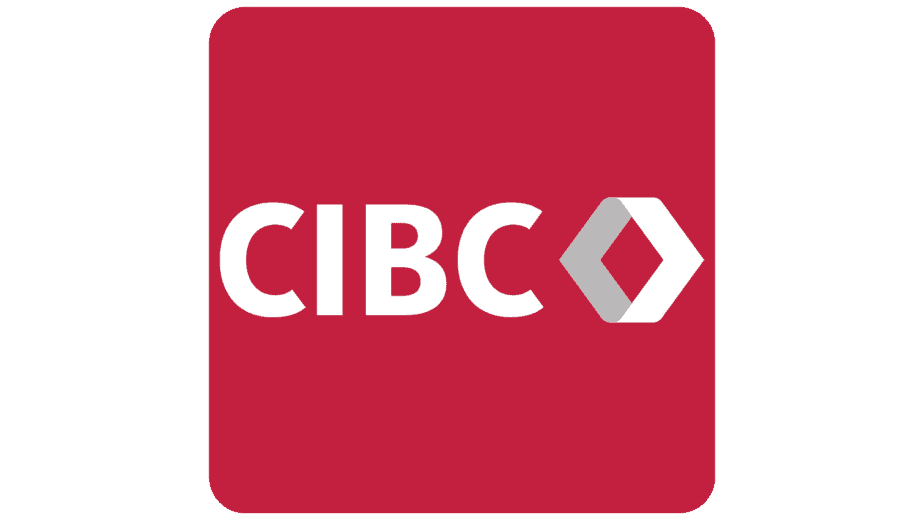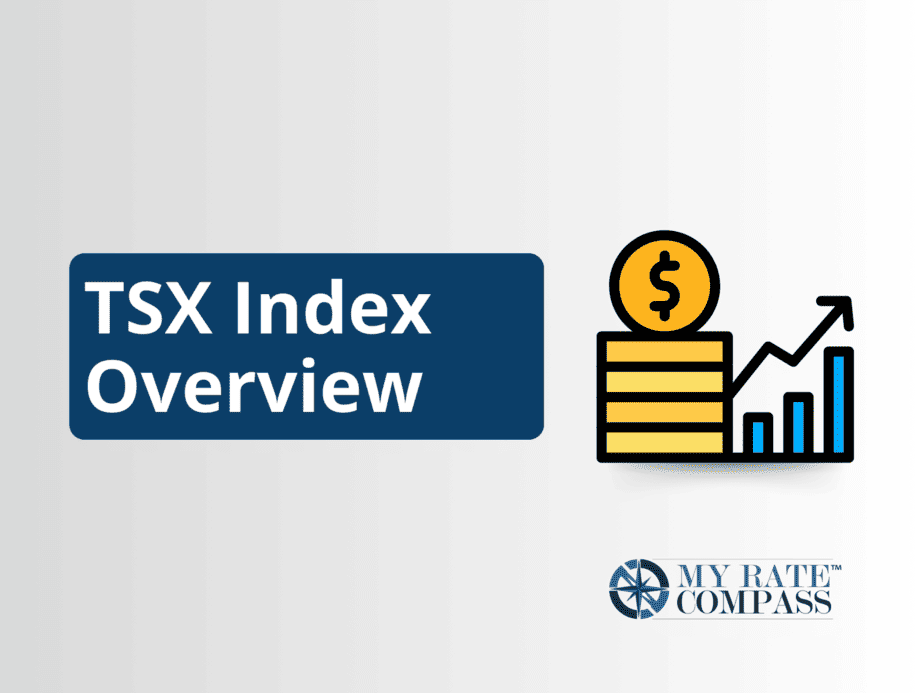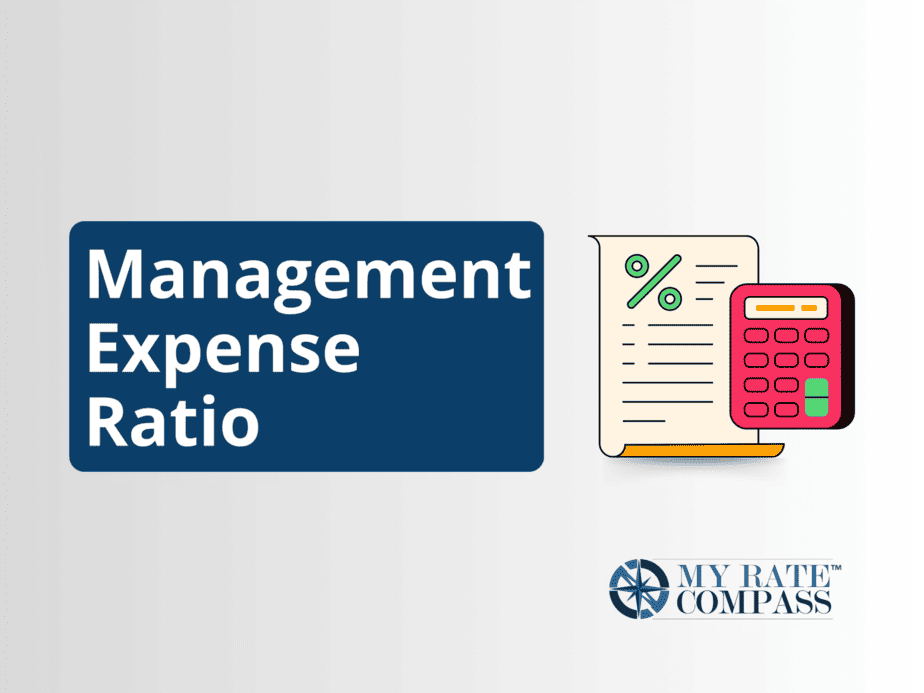Key Takeaways
- Investing is like planting seeds for money. You put your money into things, hoping it will grow and make more money for you in the future.
- It's advisable to analyze individual factors before investing, such as age, financial goals, income, and personality.
- Active and passive investing are two different investment strategies you should understand before investing.
- You should spread your investments across various types to reduce the impact of one falling and safeguard your overall strategy.
Investing is a smart strategy to grow your wealth over time. If you reside in Canada and are considering investing, this guide will provide you with all the necessary information on how to start investing in Canada.
Understanding the Concept of Investing
Investing your money means putting it into different things to make more money over time. People do this to reach short-term goals or plan for things like retirement.
There are lots of ways to invest, like buying parts of businesses, property, stocks, bonds, or even cryptocurrencies like Bitcoin.
Investing vs Saving: Understanding the contrast between saving and investing is crucial. Saving involves keeping money secure in places like savings accounts for future use. On the other hand, investing means using money to buy things to make more money later.
The significant difference lies in risk and potential return. Savings are typically safer but offer lower guaranteed returns, while investments carry the potential for higher profits but come with a greater risk.
Recognizing Your Risk Tolerance
Before you venture into the world of investing, it’s crucial to understand your risk tolerance. This is your emotional and financial capacity to withstand losses without it affecting your lifestyle significantly. Risk tolerance varies greatly between individuals and is influenced by factors like age, financial goals, income, and personality.
For instance, if you’re a young professional with a stable income, you might have a higher risk tolerance than someone nearing retirement. Investing according to your risk tolerance is crucial to ensure you can comfortably navigate the market swings.
Determining Your Investment Strategy
When it comes to investing, how you approach it depends on what you want and how much risk you’re okay with. There are two main ways to go about it: active and passive.
Active Investing: If you’re someone who likes being really involved in where your money goes, and you’ve got the time and knowledge to keep track of the market regularly, then active investing is the ideal choice.
Active investing is all about frequently buying and selling stuff based on what’s happening in the market. Active investing requires you to understand how the financial world works.
Passive Investing: If you’re more into a laid-back way of handling your investments, passive investing might suit you better. It’s about buying and keeping things for a while, like various funds that follow the whole market.
Even if the market goes up and down in the short term, it usually grows over time. Many people mix both ways of investing depending on what they want and how the market is right now.
Keep in mind that these strategies are not mutually exclusive. Many investors use a combination of both depending on their financial goals and market conditions.
Deciding Your Investment Amount
If you’re a beginner, you might ask, “How much do I need to begin?”. In fact, you can start with any amount. But remember, only invest what you can afford to lose without affecting your lifestyle.
So, you must analyze your finances, income, expenses, and savings, and ensure you have some emergency funds before investing.
Selecting Your Investments
-
Stocks: Buying stocks means purchasing a piece of ownership in a company. Your profit depends on the company’s performance and the stock’s price in the market.
-
Bonds: When you buy a bond, you essentially lend money to a company or government. In return, you receive interest on the loaned amount.
-
Mutual Funds: A mutual fund pools money from multiple investors to invest in a diversified portfolio of stocks, bonds, or other assets.
-
Exchange-Traded Funds (ETFs): ETFs are similar to mutual funds but are traded on the stock exchange. They offer a high level of diversification.
-
Real Estate Investment Trusts (REITs): REITs own, operate, or finance income-generating real estate. A REIT allows you to invest in real estate without owning physical property.
-
Cryptocurrency: Digital or virtual currencies that use cryptography for security. The most well-known cryptocurrency is Bitcoin.
Choosing a Broker
-
Online Broker: This is a platform where you can buy and sell stuff yourself. It’s appropriate for active investors who prefer a hands-on approach.
-
Robo-Advisor: A robo-advisor is an online helper. It uses computers to give advice and invest your money based on what you tell it.
-
Financial Advisor: A financial advisor is a professional who helps with money. They can advise on investments, taxes, and planning for the future.
Opening an Investment Account
-
RRSP: RRSP (A Registered Retirement Savings Plan) is for retirement savings and works for employees and the self-employed. Money put into an RRSP is not taxed until you take it out.
-
TFSA: Canadians over 18 can save money without paying taxes on TFSA (Tax-Free Savings Account). Each year, there’s a limit to how much you can add.
-
Non-registered accounts: Non-registered accounts don’t have special tax benefits. However, they also do not have any contribution limits or restrictions on withdrawals.
Diversifying Your Portfolio
Diversification in investing means not putting all your eggs in one basket. In other words, it’s like not betting everything on a single investment. Instead, you should spread your money across different types of investments, like stocks, bonds, or real estate.
Therefore, if one investment goes wrong, it won’t heavily impact your entire strategy. Diversification can be achieved by investing in different asset classes, sectors, and regions.
Regularly Monitoring Your Investments
Keeping track of your investments after investing is vital. You don’t need to check every day, but reviewing your portfolio now and then ensures it matches your investment goals. Regular checks help catch problems early, allowing you to make changes.
Consistent Long-Term Investing
Investing is absolutely about the long haul. Short-term ups and downs are normal, but the big win comes from steady growth. It’s all about staying committed. Putting in a little bit consistently can make a big difference because of how the gains build up over time through compounding.
FAQs
1. What is investing?
Investing is committing your money to various avenues, such as businesses, real estate, stocks, bonds, etc., with the expectation of generating a profitable return over time.
2. What is the minimum age to start investing in Canada?
You must be 18 years old to start investing in stocks if you live in Alberta, Manitoba, Ontario, Prince Edward, Quebec, and Saskatchewan. If you live in British Columbia, New Brunswick, Newfoundland, Northwest Territories, Nova Scotia, Nunavut, or Yukon, then you must be 19.
3. How much money do you need to start investing?
You can start investing with any amount. However, it’s crucial to invest only the money you can afford to lose without it affecting your lifestyle.
4. What are the types of investments?
Investments can be made in many areas, such as businesses, real estate, stocks, bonds, mutual funds, ETFs, REITs, and even digital currencies like Bitcoin.
5. What is diversification in investing?
Diversification is a risk management strategy that mixes various investments within a portfolio. The idea is that a single bad event will only affect some of your investments or affect them to different degrees.
6. What is the difference between active and passive investing?
Active investing involves frequent buying and selling of assets based on market trends and requires a deep understanding of the financial markets. Passive investing involves buying and holding assets for the long term, typically diversified index funds or exchange-traded funds (ETFs).
Conclusion
In conclusion, starting to invest in Canada involves understanding the basics of investing, assessing your risk tolerance, determining your investment strategy, deciding on the investment amount, selecting your investments, choosing a broker, opening an investment account, diversifying your portfolio, regularly monitoring your investments, and maintaining consistency in your long-term investments.
It’s a journey that requires careful planning and strategy, but with the right approach, you can grow your wealth significantly.
Trade Stocks Online with CIBC Investor's Edge
Invest and trade with CIBC Investor’s Edge. Choose from stocks, ETFs, GICs and more.





